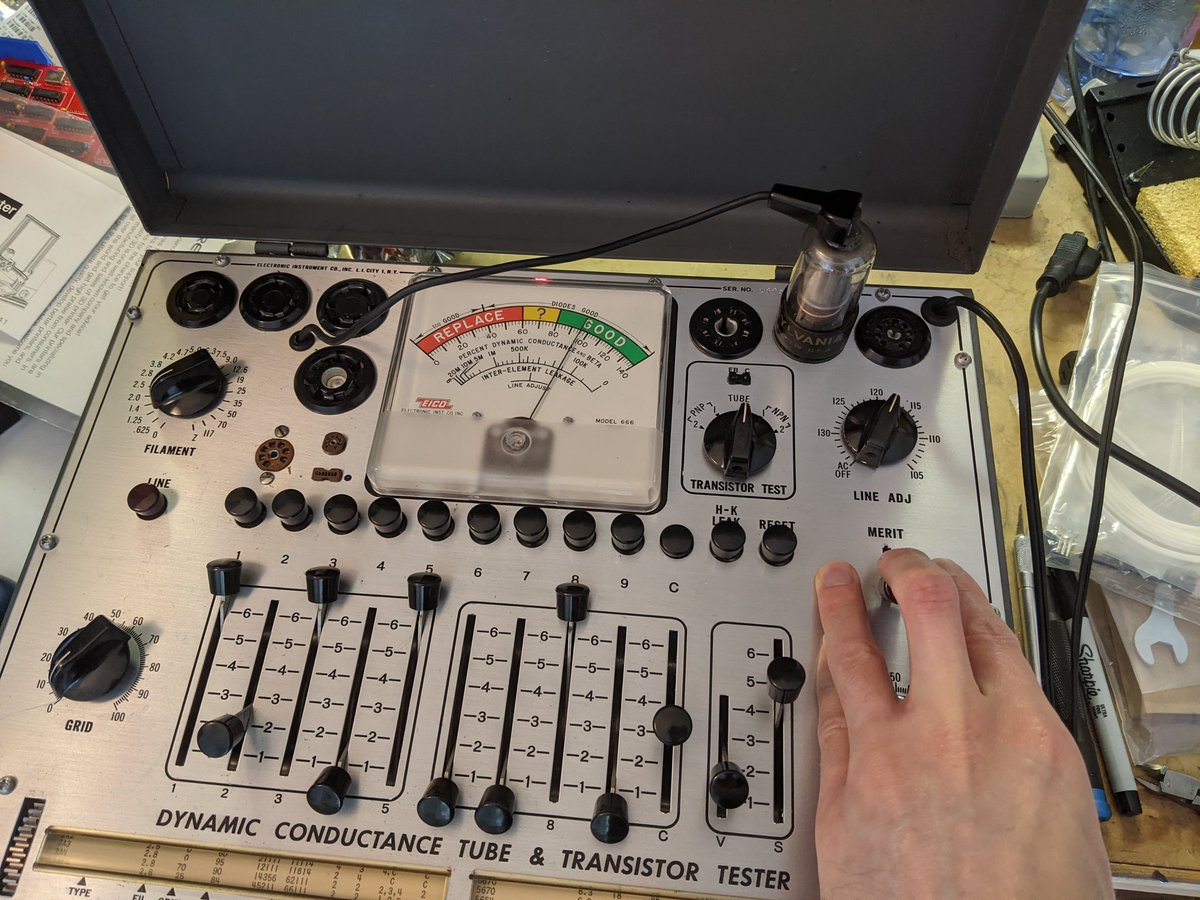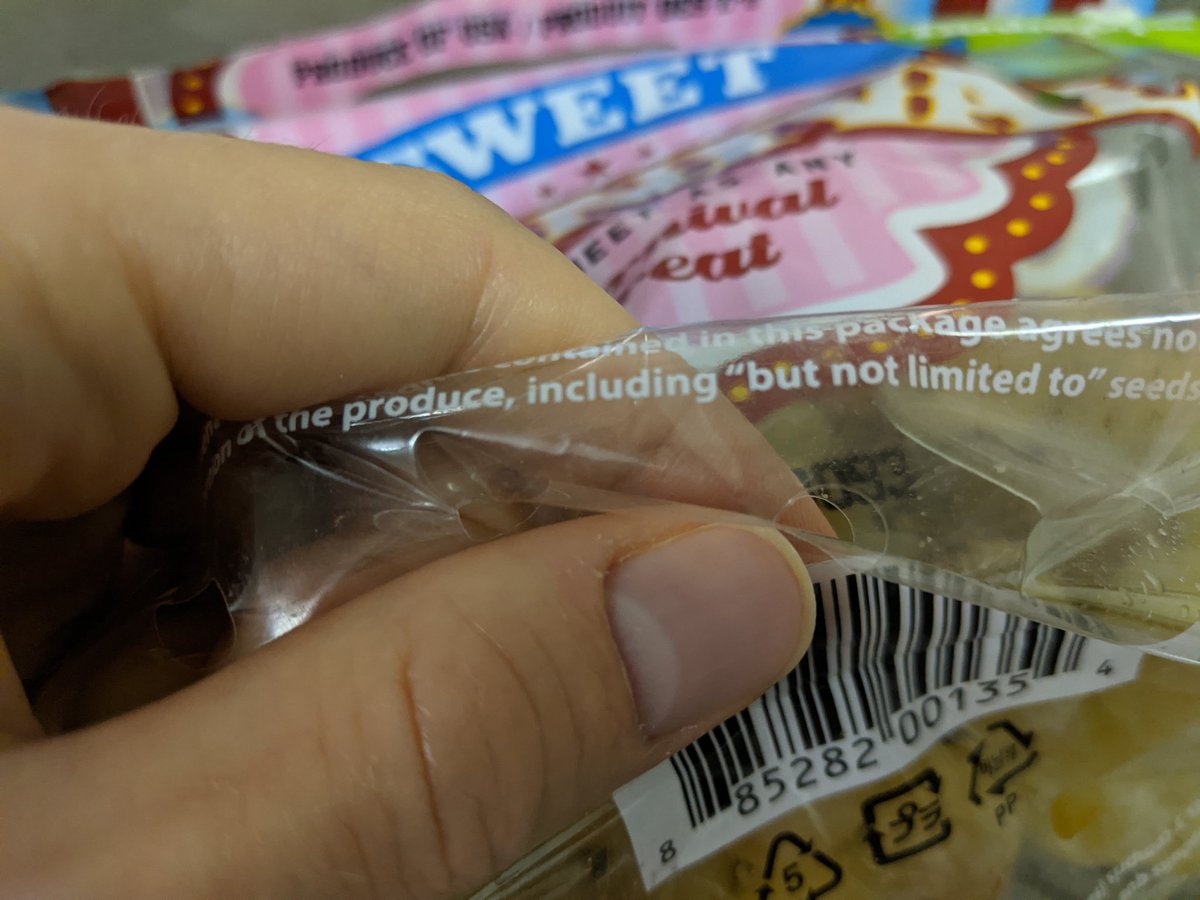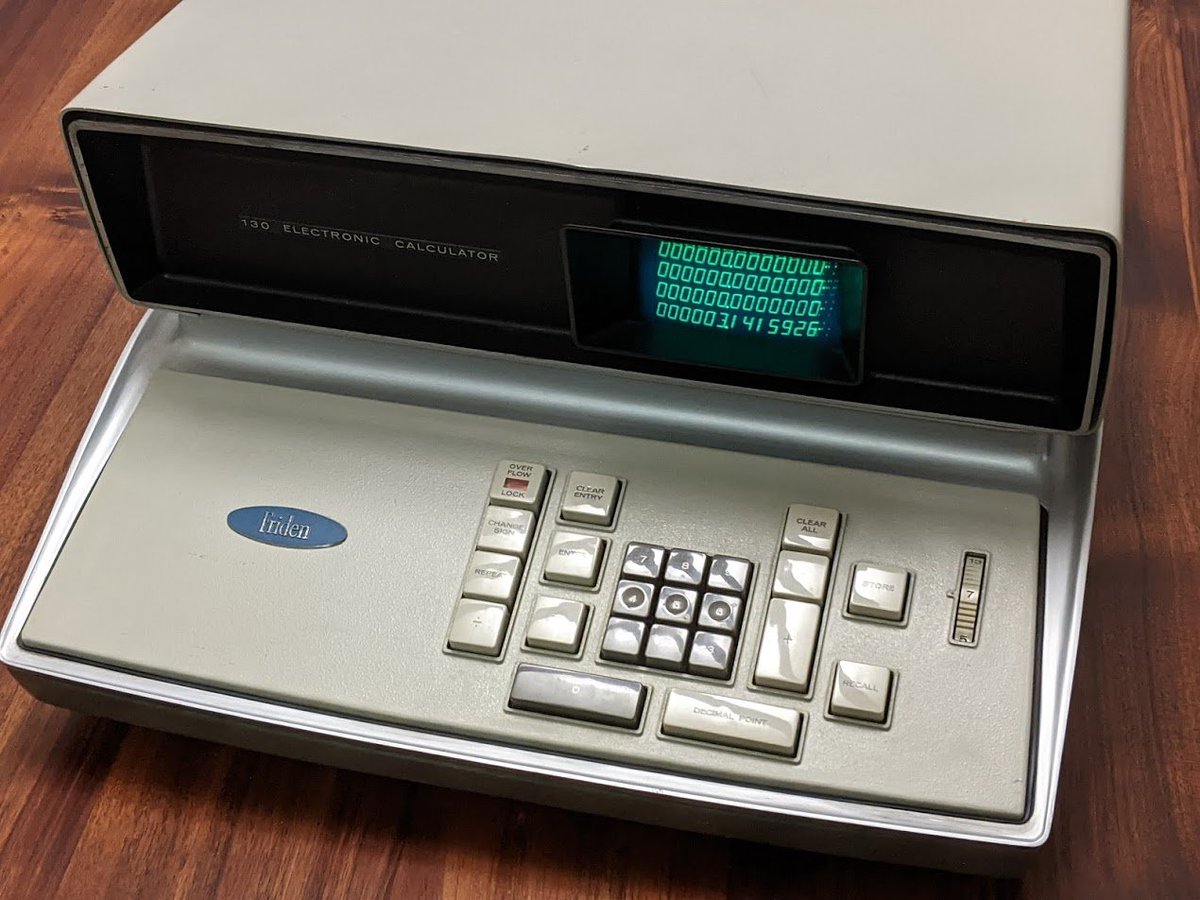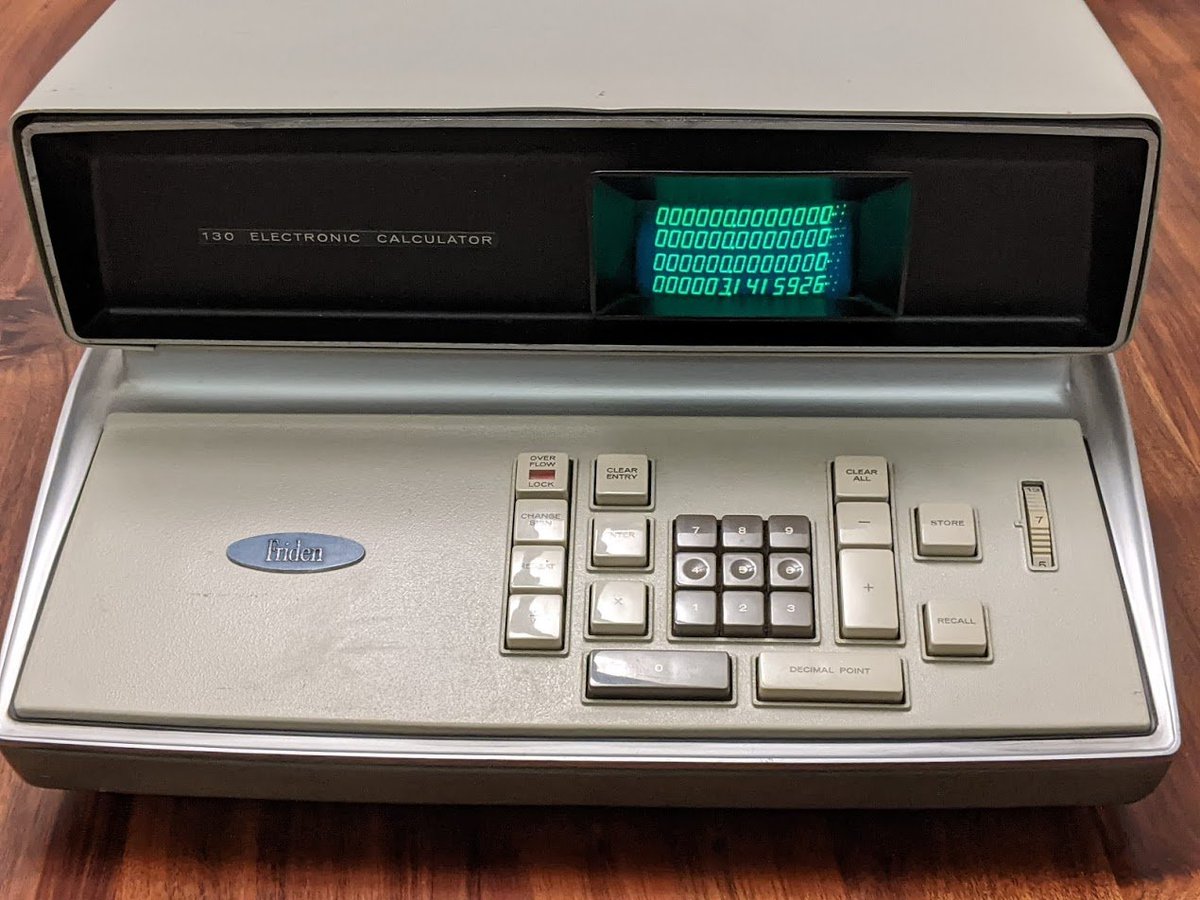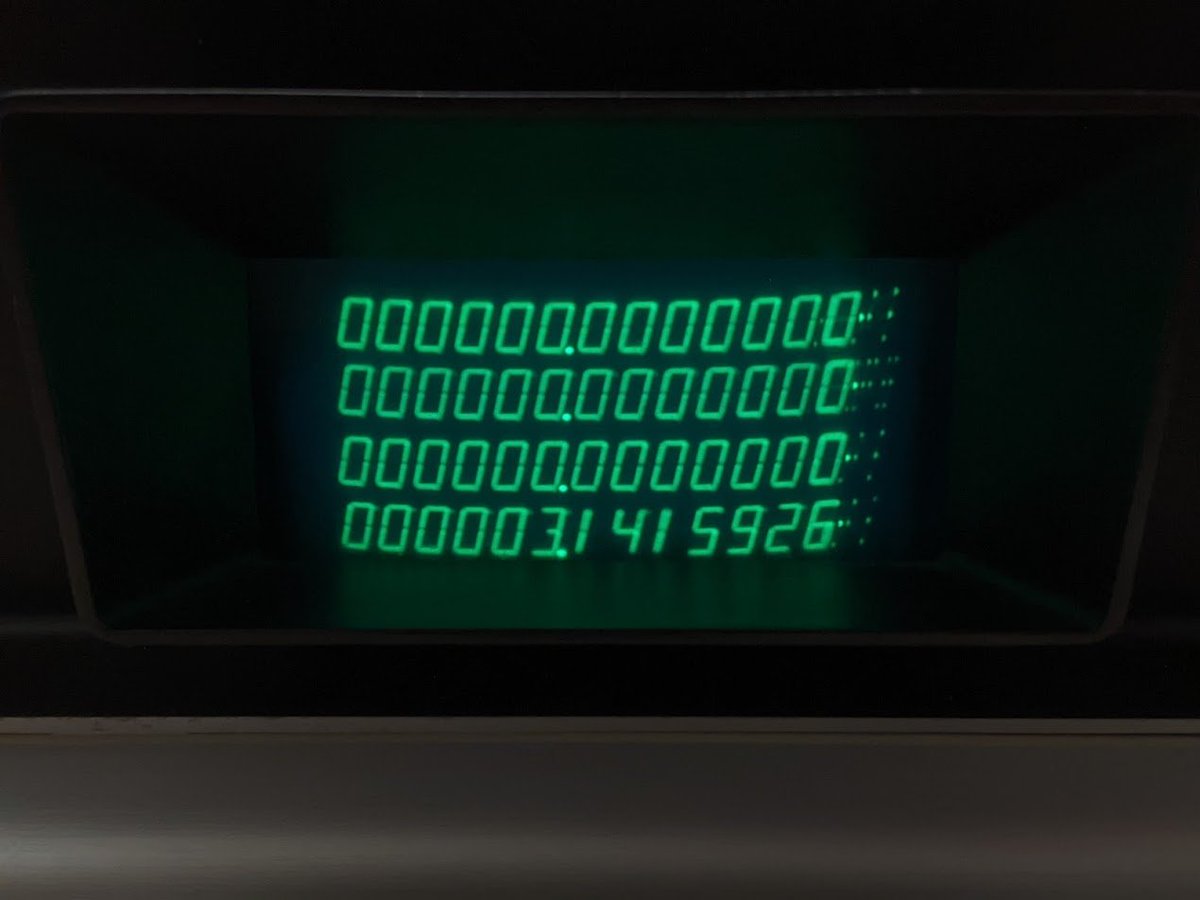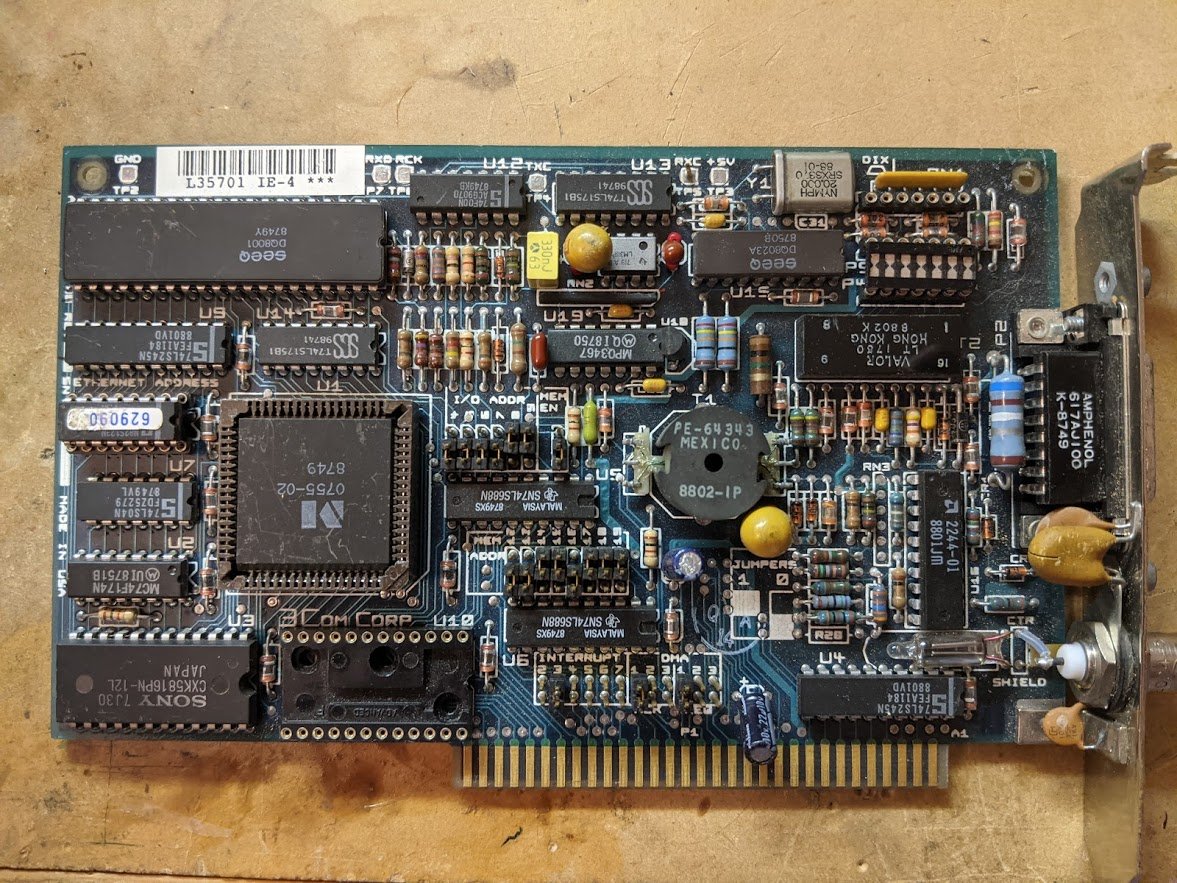
don't use soap or water to clean a tube, the numbers will come right off. instead I just gently wipe it with a cloth. 

then set the control levers. the ten levers on the left set the pinout, the ones on the right set the plate voltage range and the meter sensitivity 

first check is for leakage. push the buttons listed on the chart and make sure the reading is 0. underlined numbers have inverted meter readings. 



then push the buttons listed under 'merit' and pull down the merit switch to take a reading. this tube looks ok. 

since this tube has multiple devices inside we have to follow the directions for each of the three entries. and then we are done! 

• • •
Missing some Tweet in this thread? You can try to
force a refresh
